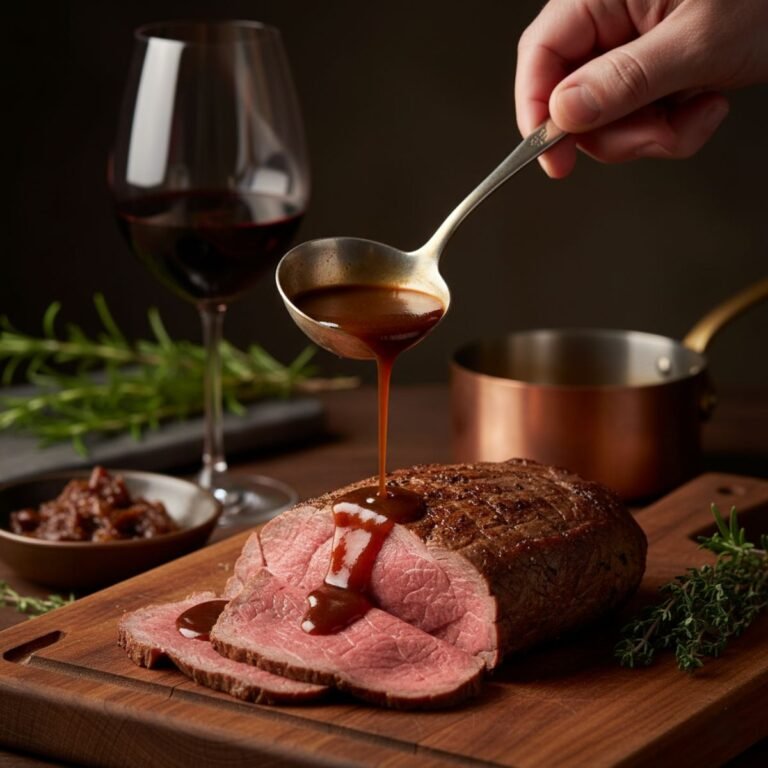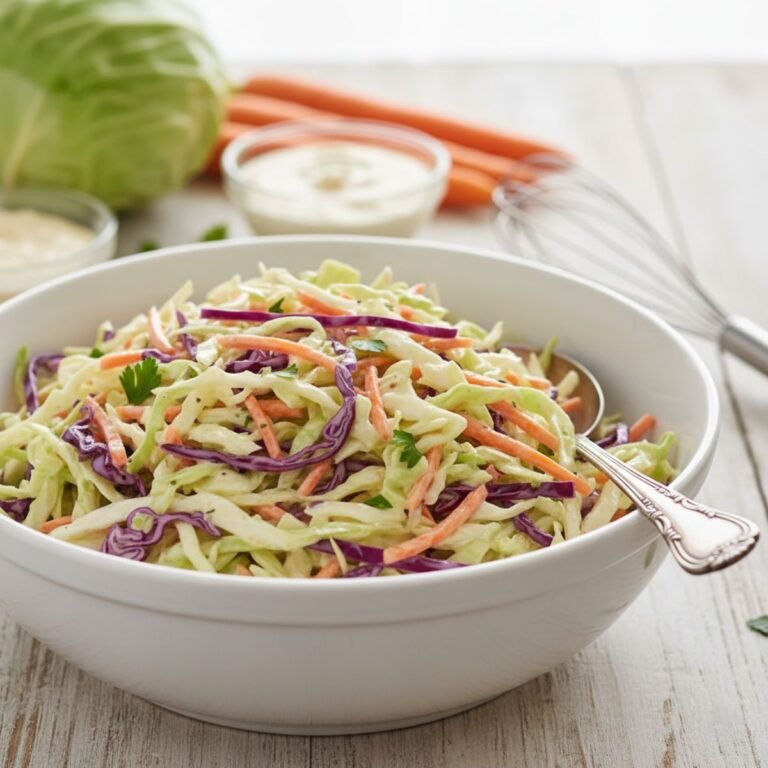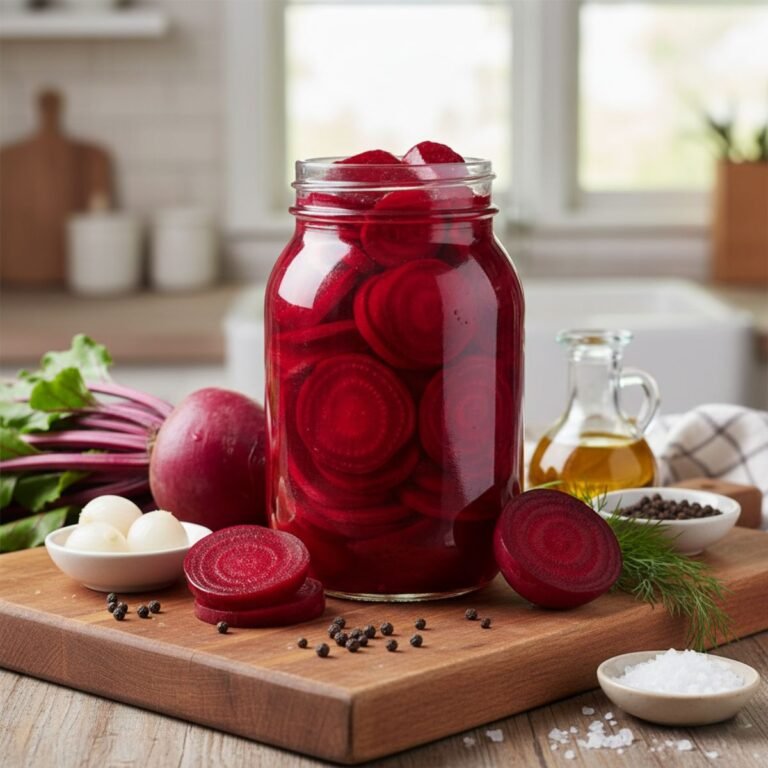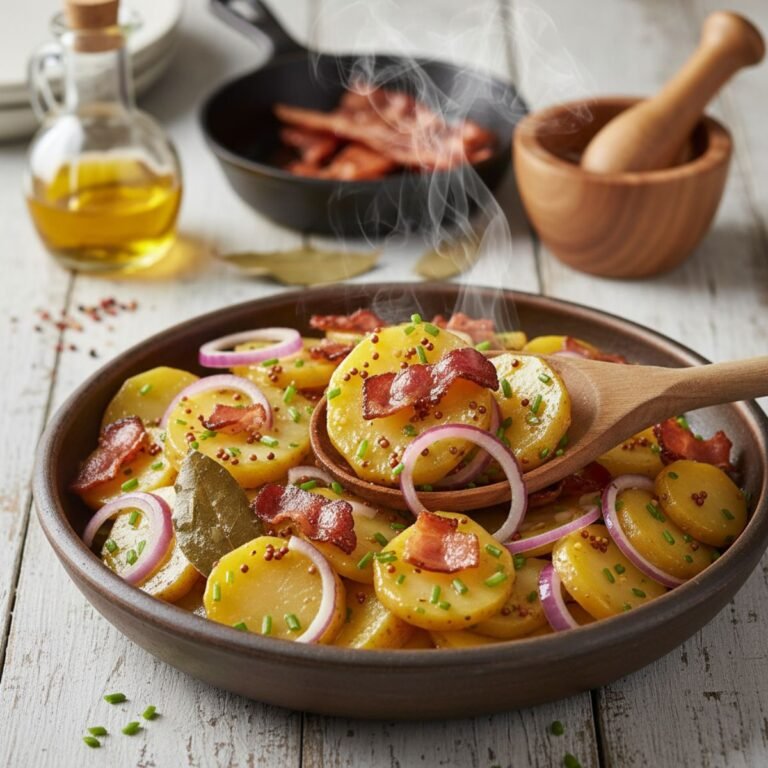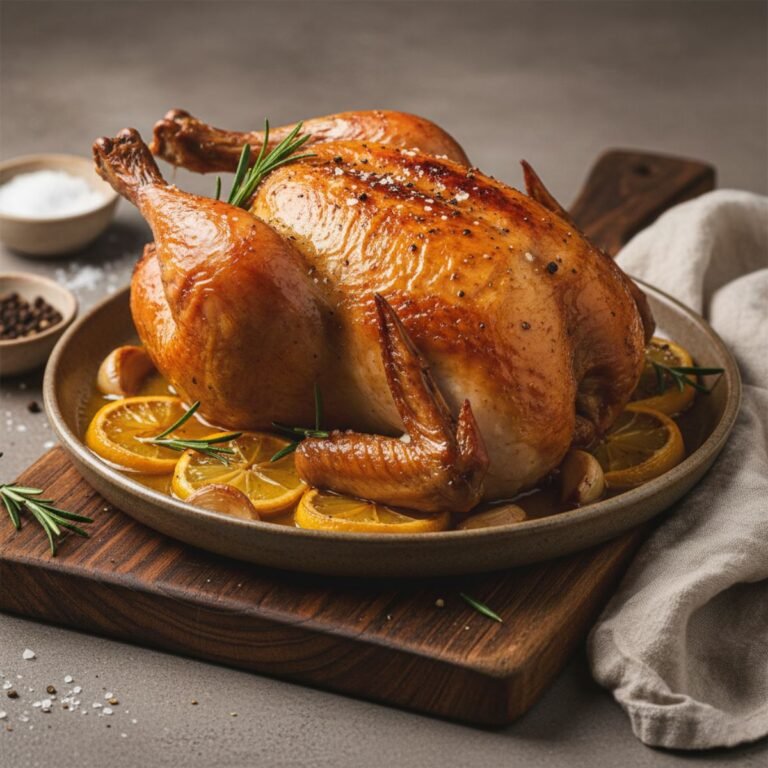If you love homemade bread that’s light, chewy, and packed with flavor, this sourdough focaccia recipe will quickly become a favorite. Made with active sourdough starter instead of commercial yeast, this Italian classic develops deep flavor and a soft, airy texture. It’s perfect for beginners and seasoned bakers alike. Whether you top it with flaky sea salt, rosemary, or cherry tomatoes, every bite of this golden, olive oil–infused bread tastes like bakery-quality goodness right from your kitchen.
Ingredients
- 500g (4 cups) all-purpose flour or bread flour
- 100g (½ cup) active sourdough starter (100% hydration)
- 400g (1 ⅔ cups) water, room temperature
- 10g (2 tsp) fine sea salt
- 30g (2 tbsp) olive oil (plus extra for greasing and drizzling)
- Optional toppings:
- Fresh rosemary
- Cherry tomatoes
- Flaky sea salt
- Sliced olives
- Caramelized onions
Step-by-Step Instructions
- Mix the Dough
In a large bowl, combine water and sourdough starter. Stir to dissolve the starter, then add the flour and salt. Mix until a shaggy dough forms. Add olive oil and knead briefly until incorporated. - Bulk Fermentation (First Rise)
Cover the bowl with plastic wrap or a damp towel and let it rest at room temperature (21–24°C / 70–75°F) for 4–6 hours, or until doubled in size. During the first 2 hours, perform 2–3 sets of stretch-and-folds every 30 minutes to strengthen the dough. - Cold Fermentation (Optional for More Flavor)
After the bulk rise, refrigerate the dough overnight (up to 24 hours). This step develops a deeper sourdough flavor and makes the dough easier to handle. - Prepare the Pan
Generously grease a 9×13-inch (23×33 cm) baking pan with olive oil. Transfer the cold dough into the pan, stretching gently to fill the corners. If it resists, let it rest 10 minutes and stretch again. - Second Rise (Proofing)
Cover the pan loosely and let the dough rise at room temperature for 2–4 hours until bubbly and puffy. - Dimple & Top
Preheat oven to 220°C (425°F). With oiled fingertips, press deep dimples across the dough surface. Drizzle more olive oil and sprinkle desired toppings (e.g., rosemary, sea salt, tomatoes). - Bake
Bake for 20–25 minutes, until golden brown and crisp around the edges. - Cool & Serve
Let it cool for at least 10 minutes before slicing. Enjoy warm or at room temperature.
Nutrition Facts (per serving)
| Calories | Protein | Carbs | Fat | Fiber |
| 220 kcal | 6g | 35g | 6g | 2g |
Tips & Variations
- Add Flavor: Mix in roasted garlic, sun-dried tomatoes, or caramelized onions to the dough.
- Herb Infusion: Infuse olive oil with rosemary or thyme before drizzling for extra aroma.
- Whole Wheat Option: Replace up to 30% of the flour with whole wheat for a nutty flavor.
- Crispier Bottom: Bake on a preheated baking stone or steel for a crunchier crust.
- Cheesy Twist: Sprinkle shredded mozzarella or parmesan before baking.
Serving Suggestions
Serve your sourdough focaccia warm with:
- Olive oil and balsamic vinegar for dipping
- As a sandwich base with grilled vegetables or prosciutto
- Alongside soups, salads, or pasta dishes
- Topped with burrata and roasted cherry tomatoes for a Mediterranean-style appetizer
FAQs
1. Can I make sourdough focaccia without overnight fermentation?
Yes! Skip the cold retard and bake the same day. The flavor will be milder but still delicious.
2. How do I know when my sourdough focaccia is ready to bake?
It should be bubbly and slightly jiggly when shaken—this means it’s well-proofed.
3. How long does sourdough focaccia stay fresh?
It’s best eaten the same day, but you can store it in an airtight container for up to 3 days or freeze for up to a month.
4. Can I use discard instead of active starter?
No, sourdough discard won’t give enough rise. You’ll need an active, bubbly starter for best results.
Conclusion
This sourdough focaccia recipe delivers everything you love about artisan bread—airy crumb, crisp edges, and incredible depth of flavor. Whether you serve it as a side, snack, or sandwich base, it’s a simple and rewarding bake that brings the essence of Italian breadmaking to your kitchen.
